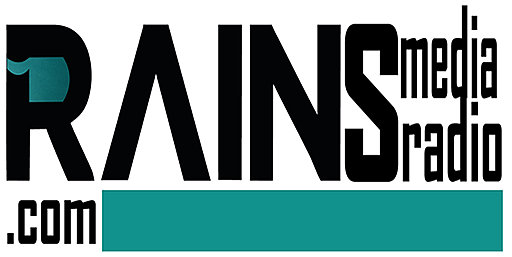Asian financial markets rallied on June 9, 2025, buoyed by optimism surrounding upcoming US-China trade talks aimed at easing the crippling tariff war that has disrupted global commerce.
Investors, encouraged by a 90-day tariff truce announced in May, poured funds into stocks, driving gains across Hong Kong’s Hang Seng, Japan’s Nikkei, and South Korea’s Kospi, as hopes grew for a resolution to the conflict that has seen US tariffs on Chinese goods reach 145% and Chinese retaliatory duties hit 125%. The talks, set to resume in Geneva, follow a May agreement reducing tariffs to 30% on Chinese imports and 10% on US goods until August 12, offering a lifeline to exporters and signaling a potential thaw in the economic standoff between Washington and Beijing.
The Hang Seng soared 3.5%, led by tech giants like Xiaomi, while the Nikkei climbed 2.8%, reflecting confidence in export-driven firms like Toyota. The rally reversed weeks of volatility sparked by Trump’s April “Liberation Day” tariff hike, which had triggered a sharp exit from US assets and fears of a global economic cratering. China’s Commerce Ministry, while maintaining that tariff cancellations are a prerequisite for substantive talks, expressed cautious openness, with US Treasury Secretary Scott Bessent emphasizing mutual economic interdependence.
Investors, wary of past negotiation breakdowns, tempered optimism, citing uncertainties over Trump’s proposed tax cuts and their impact on US debt. The trade war’s ripple effects, including China’s rare earth export curbs and US semiconductor restrictions, have heightened stakes, with Asian economies like South Korea and Taiwan, reliant on tech exports, particularly vulnerable. The market surge, described by State Street’s Michael Metcalfe as a “relief rally,” underscores the region’s sensitivity to US-China dynamics, as analysts warn that a failure to reach a deal could reignite global market turmoil.


